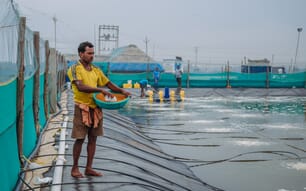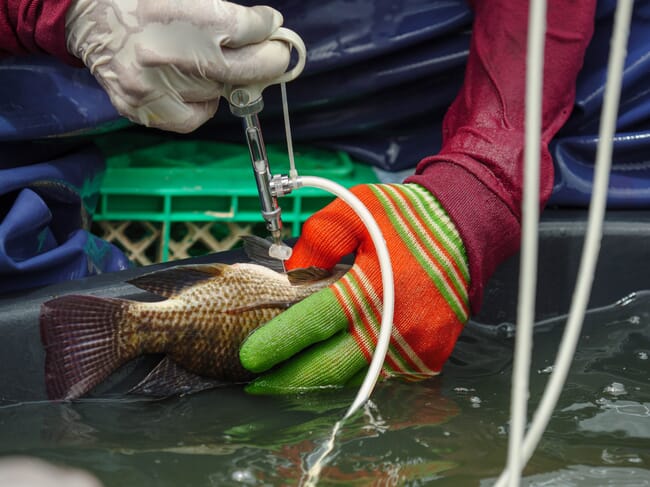
“We’re asking: to vaccinate or not to vaccinate tilapia,” Cédric Komar, CEO of fish health company Ictyopharma said at the recent FAO Technical Seminar on Tilapia Health. During his presentation, Komar highlighted the low vaccination rate in the world’s farmed tilapia and sought to explain why vaccine uptake remains sluggish. “The answer depends on which stakeholder you’re asking,” he told delegates on 3 December.
Komar told delegates that the tilapia industry’s intensification will likely mirror trends in other livestock industries. Namely, that intensive farming would make diseases more prevalent and undermine profit margins and animal health. Komar believes that the tilapia industry will reach a stage where producing tilapia without vaccination won’t be economically viable because of this disease burden.
However, Komar has found that farmers are often unwilling to vaccinate their fish despite the benefits it could bring. Famers have told him that the price and practicality of injections is unworkable in their day-to-day operations. This hesitation has combined with challenges in vaccine production and availability – and over 95 percent of farmed tilapia are unvaccinated as a result. But tilapia is becoming a key driver of the global aquaculture industry and vaccination can keep diseases at bay and help ensure that the segment grows safely and sustainably. What steps can the sector take to improve its vaccination rate?
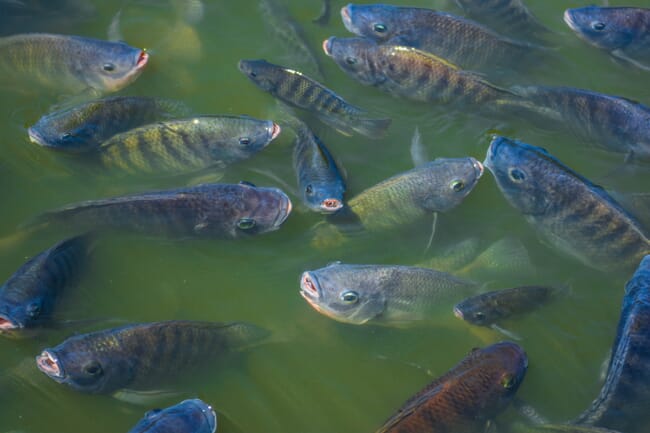
The current outlook for tilapia vaccination
According to Komar, less than 5 percent of farmed tilapia across the globe are vaccinated. Latin America has the highest rate of vaccine uptake (35 percent), while Africa and Asia vaccinate less than 1 percent of their farmed tilapia. To compare, nearly 100 percent of farmed salmon are vaccinated.
The low vaccination rate presents a challenge for the tilapia industry. Tilapias are susceptible to multiple viral and bacterial diseases like tilapia lake virus (TiLV) that carry stunningly high mortality rates. The tilapia industry also has comparatively lax on-farm biosecurity protocols, and fish movements between farms, countries and continents isn’t always controlled. This allows pathogens to be introduced to the production cycle. These disease outbreaks and mass die-offs are limiting the industry’s growth – on-farm vaccination could be a viable mitigation strategy.
Why widespread vaccination is difficult to implement
Komar said that animal health companies can face an uphill battle when trying to develop vaccines for the tilapia industry. One is the nature of disease transmission and mitigation: it only takes days for diseases to jump from one continent to another, but it can take years for vaccines to be developed, distributed and administered. Tilapia diseases evolve quickly – but developing a commercial vaccine is a multi-year commitment.
The landscape of the animal health industry is an additional barrier to vaccine creation. Currently, there are three large pharmaceutical companies that develop fish vaccines. They will only begin the development process if they have the expertise in tilapia diseases and if the finished product is financially viable. In a similar vein, vaccine manufacturers must ensure that the doses contain the correct antigens, otherwise they won’t be effective. Many emerging diseases will have to wait years for preventive strategies to come online.
If we shift away from the industry and focus on governmental efforts and research institutions, the picture is also mixed. Governments and NGOs can lobby for additional vaccination and educate tilapia producers, but if vaccines aren’t widely available, these efforts are wasted. Universities often develop viable vaccine candidates, but their efforts tend to be at early-stage discovery. It’s difficult to scale these efforts into a viable commercial product.
Komar also stressed that vaccine availability isn’t the same as uptake and use. Vaccine availability can vary from country to country, and supplies don’t always align with the current disease burden. Availability in a specific country is also subject to local regulatory oversight. This often means that government agencies must conduct field trials and review data before the vaccines are permitted for use. In a worst-case scenario, a disease outbreak could be reported, and a viable vaccine could mitigate the damage, but the vaccine will have to remain on the shelf until it receives proper authorisation.
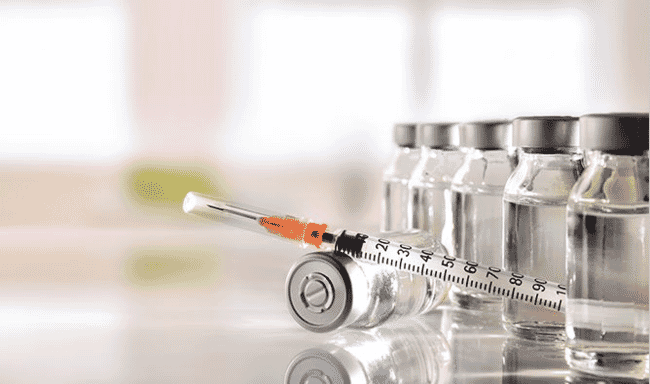
© Pharmaq
The on-farm perspective for vaccination
In Komar’s experience, tilapia farmers aren’t always willing to vaccinate their ponds. The industry operates on small margins and farmers must be certain that vaccination is economically viable and cost-effective before they use it – regardless of its quality and efficacy. Vaccines are an additional farming expense, so they must lower production costs and mortalities to justify the initial outlay. Komar told delegates that producers will only use vaccines if it is cheaper to farm fish with them instead of going without.
The practicality and logistics involved with vaccination is another barrier for some farmers. Many available vaccines are administered by injection, and it isn’t a small job. Injecting an entire pond – let alone a whole farm – takes a lot of investment, manpower and time. Small farmers may struggle to find the resources to implement a vaccine strategy.
Komar has found that larger tilapia operations (those that produce 2,000 metric tonnes per year or more) are more likely to vaccinate their fish. These farms tend to be integrated form egg to plate. He’s also found high vaccine uptake in very large hatcheries in nurseries – some are selling vaccinated fingerlings and creating a new market segment.
Komar learned that these operations tend to have a vaccination team and equipment readily available during the farm cycle. They also devote farm resources to routine diagnostics and have stronger biosecurity protocols. According to these tilapia producers, vaccination helps them reduce and, in some cases, eradicate antibiotics. Vaccination also acts as an insurance policy for farmers – reducing the risk of economic losses when they’re confronted with a disease outbreak.
Strategies for improvement
Komar believes that addressing farmers’ practical concerns about vaccination could help improve uptake. For the vaccines themselves, Komar said that animal health companies could develop multivalent vaccines that target a range of diseases – this would allow single doses to address multiple pathogens. Komar also told delegates to watch for oral vaccines that could be administered through feed instead of manual injections. These solutions would address the manpower issues and give small-scale operations better to access vaccines.
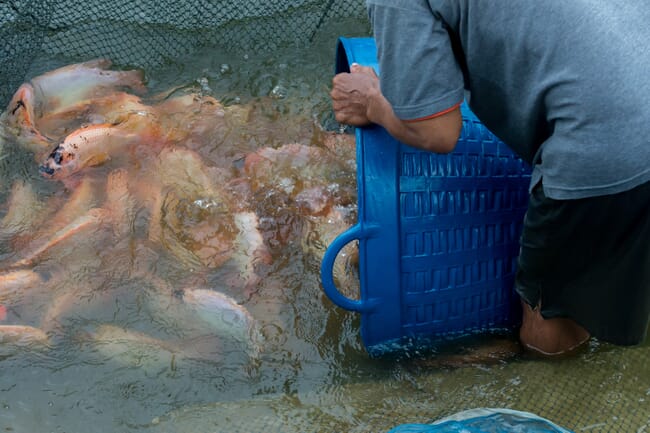
Vaccinated fingerlings are another solution for small-scale farmers. This new market segment could help farmers stock immunised fish and avoid manual injections later in the production cycle.
Komar also stressed the need for improved farmer education on topics like biosecurity and diagnostics. Sharing knowledge about disease transmission and control efforts could help reduce the transboundary movements of tilapia seeds. If the industry can reduce these external biosecurity threats while increasing vaccine uptake, it can mitigate some of its disease burden.
The FAO’s Technical Seminar on Tilapia Health: Quo Vadis was held from 1 to 3 December.



